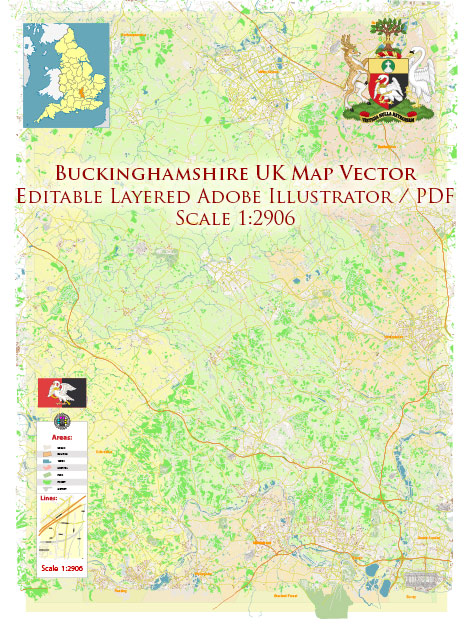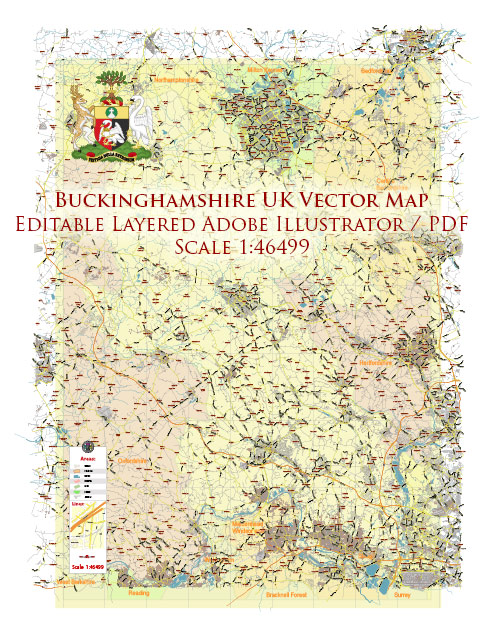Buckinghamshire, located in the southeast of England, has a rich history of urban development that reflects the evolution of English towns and cities over the centuries. Here is a brief overview of the history of urban development in Buckinghamshire:
- Roman Period: Buckinghamshire was inhabited during Roman times, and several small Roman towns and settlements were established in the region, including Aylesbury and Great Linford. These settlements were typically organized around roads and trade routes.
- Medieval Period: During the medieval period, Buckinghamshire’s towns and villages grew in importance. The county’s market towns, such as Aylesbury and Buckingham, played a significant role in local commerce and governance. The layout of these towns often followed a medieval pattern, with narrow streets and a central market square.
- Tudor and Stuart Periods: The Tudor and Stuart periods saw further development and expansion of urban areas in Buckinghamshire. Notable examples include the town of Amersham, with its picturesque, timber-framed buildings, and the expansion of High Wycombe as a center for chair-making and furniture production.
- Industrial Revolution: The Industrial Revolution had a significant impact on Buckinghamshire’s urban development. High Wycombe, in particular, became a thriving industrial town, with a focus on furniture and chair production. The town’s population increased, and new housing and infrastructure were built to accommodate the growing workforce.
- Victorian Era: The Victorian era saw further urbanization and development in Buckinghamshire. Many towns and villages underwent expansion, with the construction of railway lines facilitating transportation and trade. Suburban areas developed as the railway made it easier for people to commute to London.
- 20th Century: In the 20th century, urban development in Buckinghamshire continued to evolve. The expansion of London’s metropolitan area led to suburban growth in towns like Milton Keynes, which was designated as a new town in 1967. Milton Keynes was carefully planned with a grid layout and modern infrastructure.
- Modern Times: Buckinghamshire continues to experience urban development and growth, particularly in areas with good transportation links to London. New housing developments, shopping centers, and business parks have been constructed in response to increasing demand for housing and employment opportunities.
Today, Buckinghamshire is a diverse county with a mix of historic towns and modern developments. Its history of urban development reflects the broader trends in English town planning and development over the centuries, from medieval market towns to the industrial and suburban expansion of the 19th and 20th centuries.



 Author: Kirill Shrayber, Ph.D.
Author: Kirill Shrayber, Ph.D.